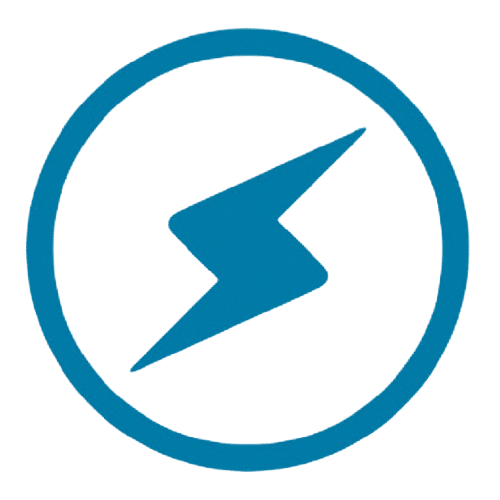You’re good at what you do. Clients wouldn’t hire you if you weren’t. But you’re afraid that by hiring more people, you’ll lose the personal touch, and the quality of your services will suffer. At the same time, your business is growing, and you won’t be able to sustain this current effort level unless your one-man show becomes an agency.
So something has to give: scale up (what you’d like to do), decline business (not smart in the long run), or work harder (impossible and not exactly a healthy choice). Clients come to you because of your expertise and relationships. When you’re small, you are the face of your business, so your personal and company brand are synonymous.

Focus Your Energy on High-Impact Stuff
To survive in business, find ways to start working on your business instead of in it.
First, start documenting how to do the simple things. Activities like billing clients, weekly performance reporting, and other simple stuff should be driven by checklists. You can have junior folks do these things so you can focus on the 10%, which are high-impact stuff.
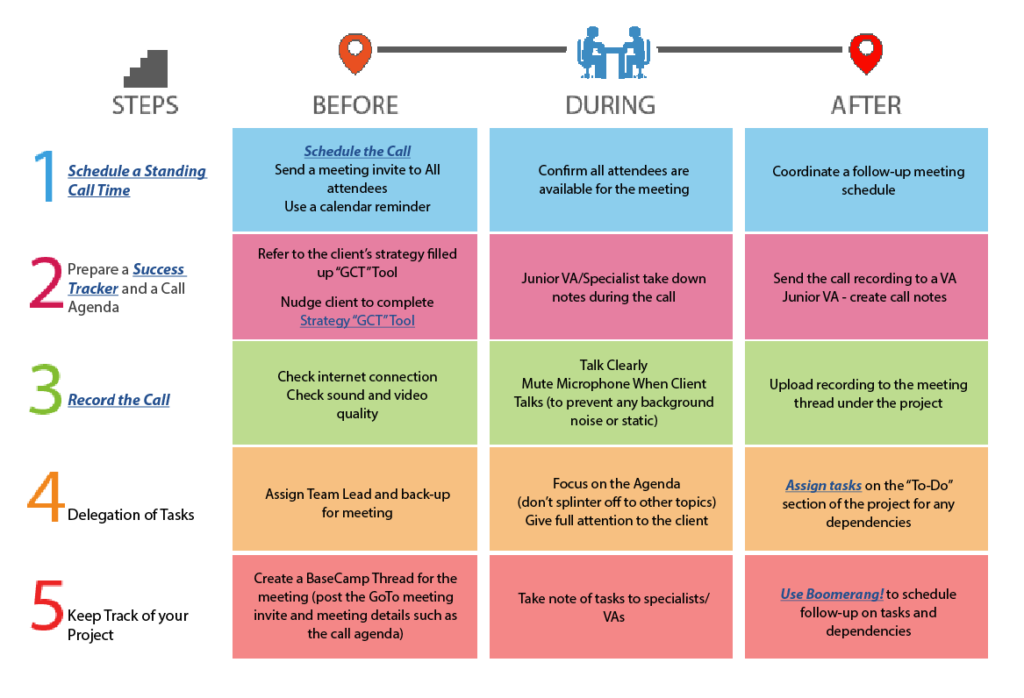
Do you know what items have the highest impact?
Probably, those that are strategic while leaving tactical stuff to be competently handled by the rest of your team. Your documentation should be step-by-step checklists, assisted with video training snippets to make it easier to digest.
Use this same training to qualify your prospective staff as a real-life litmus test of what to expect. In doing so, you’ve also solved the burden of interviewing and qualifying people one at a time– a real-time suck. Tools like Infusionsoft and ClassMarker let you run people through self-serve training and quizzes, which you can use in the qualification process.
Boil down your offering to just the essentials. Make a package that you can reliably and consistently execute. Then you know that your training and agency offering are in alignment. Clients don’t want custom as much as you think– they want results.
Before you argue that this sounds cookie-cutter or eliminates thinking, would you say that a Tesla is a low-quality car?
Even movie studios have a process for creating films– a framework that enables creativity versus no structure leading to chaos. If you seek to do things differently for the sake of doing them differently, be prepared to fail a lot. You want to use proven techniques, especially if you’re doing something that can have standards, such as advertising, website building, or anything digital.
Trust Means Delegating Work To Other People
Get out of the day-to-day. Hire a project manager if you need to.
Ironically, if you want to help your clients, you’ll focus more on troubleshooting than on administrative details you can delegate. That requires that you trust the people you’ve been training.
We look at three criteria for success:
- People: Good character, since we can’t teach that.
- Process: Do they know what to do?
- Platform: Have you trained them well?
If you have these three things, you can attend every other meeting instead of all meetings (alternating tactical versus strategic).
One effective strategy to initially wean clients off you personally is to say you’ll show up mid-way through the meeting. They’ll later find that you didn’t have to be there the whole time, giving your people a chance to shine. Don’t worry about cutting out of meetings — if you’re that good, clients expect you are delegating tasks to handle the workload.
Ideally, you should review the work instead of doing it all yourself. If your process is solid (checklists with training videos), you should have consistent delivery.
Follow the CCS or Content-Checklist-Software process to scale up.
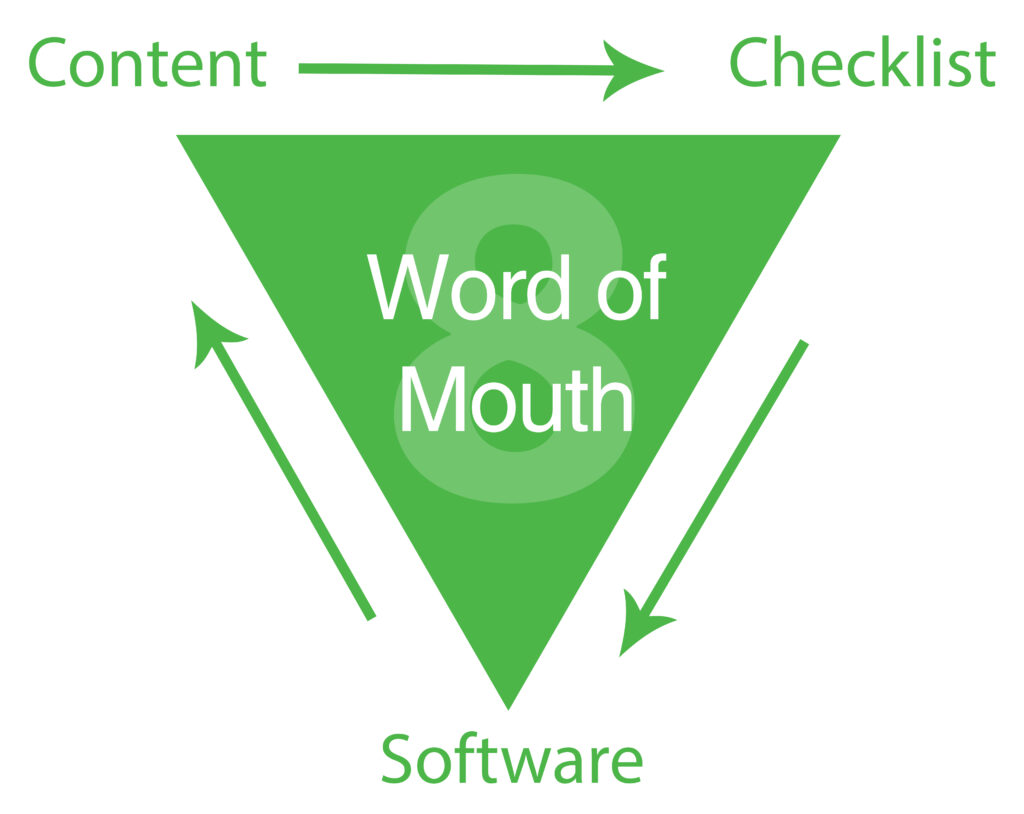
What About the Competition?
Don’t be afraid of your competitors stealing your know-how or clients deciding they don’t need you. If that were to happen, you don’t know enough or have enough depth to continue serving clients. In most cases, prospective clients will appreciate your sophistication, which increases your new client growth. So, engage in content marketing with no fear.
Fire the bottom third of your clients or more— the ones that are big headaches or make your staff unhappy. The clients that treat you best are usually the ones that pay the most and demand the least.
Keep the clients you like while handing the rest to your competitors. This way, you have consistency across what you offer and can double down on process bits instead of trying to do everything.
The corollary to focusing on the one thing you do well– then doing it repeatedly– is to say what you don’t do.
We like to say we don’t make creatives, don’t do SEO, don’t do community management, and don’t do strategy. What we do is we implement– drive traffic and conversions on existing assets that are already converting. The marketplace will believe you when you demonstrate you’re world-class at doing one thing well repeatedly and consistently.
A good test for a great client is to raise prices– gasp, I said it. If you’re delivering value, they’ll have no problem paying more. Even I often struggle with mustering the courage to do this, but if you’re proving your value, making the case should be easy.
You don’t want to be the cheapest. You do want a few clients to balk at your price. If nobody ever does that, you’re undercharging for most deals, and those paying less will often think you’re not as good since your prices are low– a double whammy.
Avoid bad hires. Elevate your team. Encourage and praise your junior virtual assistants as they go through your checklists and progress through your leveling system. Build their personal brands, and give credit where it’s due, publicly where possible.
The sum of the personal branding efforts of your teammates is your content marketing at the company level. This way, it’s not about you unless you mistakenly named the company after you. Change it if you made that mistake. At this point, you’ve gone through the steps to grow your business versus just being another employee working in your business. I think you’ll find that developing others is more rewarding than trying to micromanage your team.
You’ll have to be patient and tolerate some unsatisfactory work output, but if you have rapid iteration, mistakes are small, and adjustments are quick.
We call this trial and error process MAA or Metrics-Analysis-Action, and it’s fundamental to marketing.
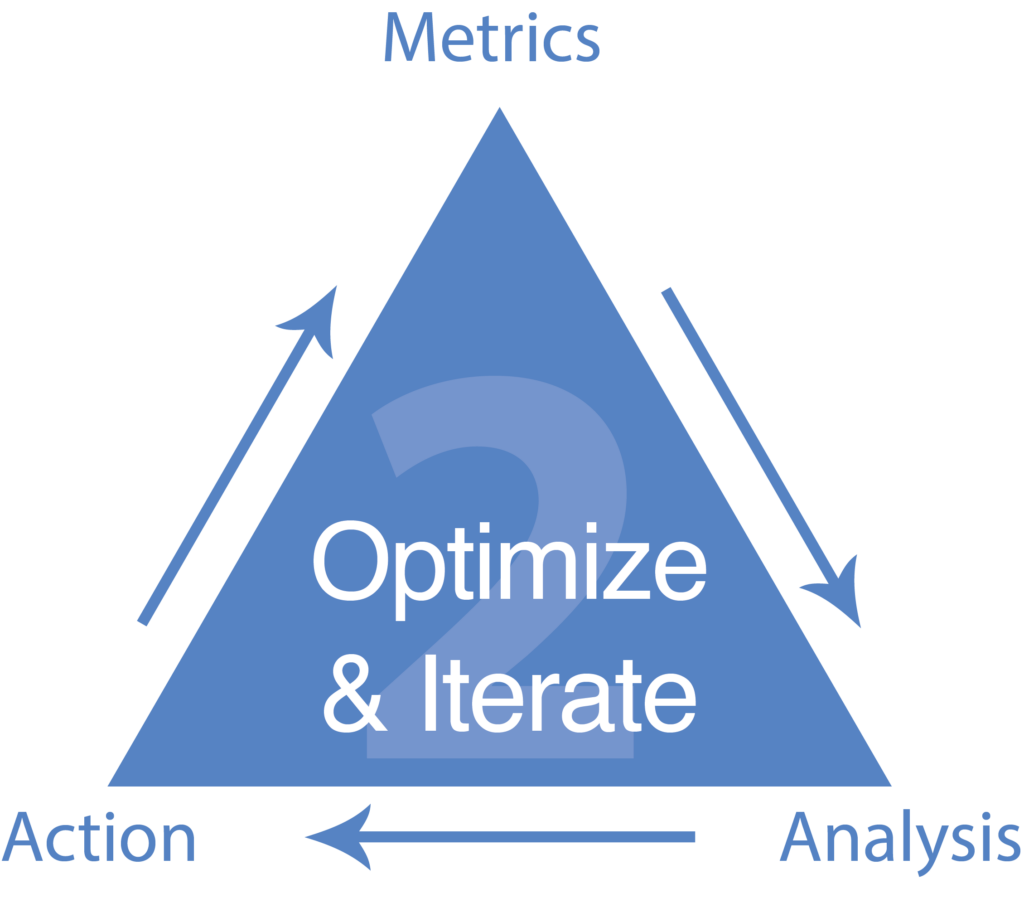
If your training content is solid, you’ll have produced checklists for execution. These checklists repeated at scale create opportunities for automation– so you’d build or hire this out.
When you have a repeatable process, you effectively have a franchise, with you as the first franchisee. And when you have your franchise, you can prepare to supercharge your agency’s revenue.
You’re blazing the path for others to follow so they can learn from you, do according to your checklists, and teach others who are a few levels below them. We call this LDT or Learn-Do-Teach:
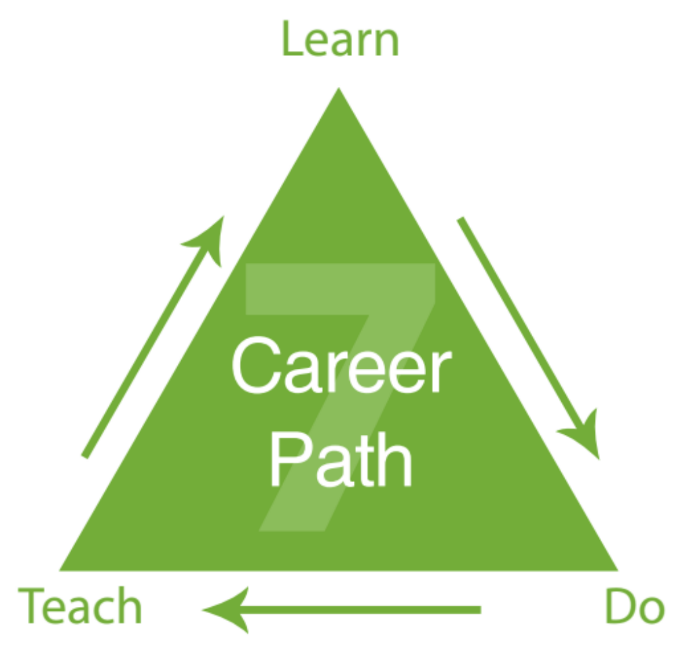
If you find these principles powerful, check out all nine triangles and discover how they fit together.
Have you implemented any of these processes in your business?
